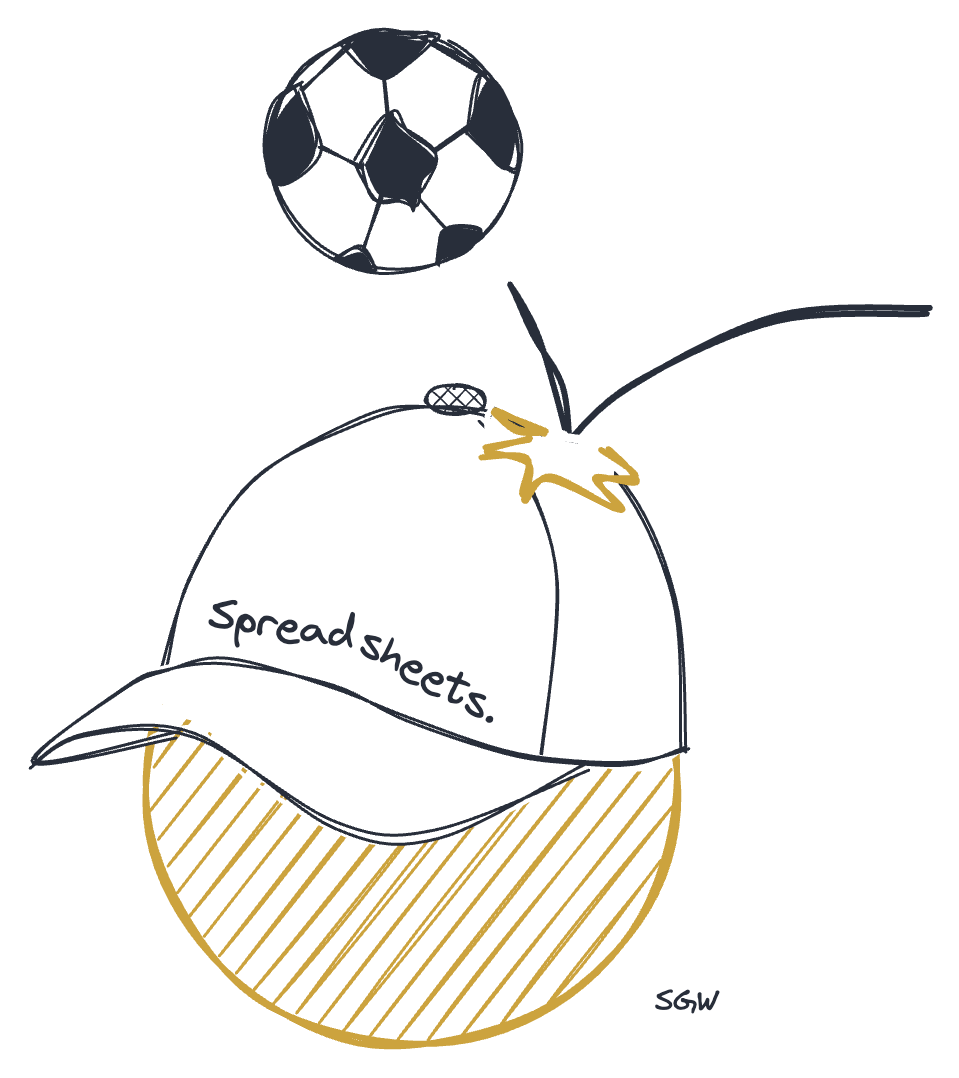Deflection and Direction
I have tried to stop writing so much about the u12-now-u13 girls soccer team because I didn’t want to start boring people, but I learn so much from coaching, so begrudge me this one…
The team is at the point where we know how to play, but can still improve at playing fast. So one of the constraints we impose at practice a lot now no matter what we’re doing is that the player can only take one or two touches on the ball before playing it on. That way, during a match, we should be able to move the ball around without the defense catching up to us.
Of course, this is nearly impossible to do if your first touch is loose. That’s because if the ball gets away initially, you need time and another touch or two to corral it and still another to send it on its way. But by then the defense will have arrived to make your life difficult.
So what makes for a good first touch?
Google’s Generative AI tells me that “a good first touch in soccer is when a player controls the ball well after receiving a pass.” (So smart!) It further recommends that to achieve this you both connect through the center of the ball while also using your whole body to cushion the impact. And that’s actually right. Because if you do one without the other, your first touch won’t be any good. To wit, we call connecting through the center of the ball without cushioning the impact “breaking the egg,” and when a player does that the ball caroms a few feet away. And cushioning without connecting means that you end up sort of weakly misdirecting it rather than controlling it, which also isn’t good.
Our team has started referring to those latter cases as deflection and the former as direction and in all cases we’d prefer to be directing rather than deflecting.
Where am I going with this?
Deflection and direction are an interesting pair of concepts. They sort of look and sound the same and if you’re casually observing something like a soccer match could even be confused for one another. The difference is that they result from very different levels of agency. Movies, for example, would not look the same if helmed by deflectors, not directors.
My point is that we all have a lot of stuff coming at us every day and an easy thing to do is deflect it i.e., move it on and away from us without actually getting a handle on the situation. And to the casual observer, and perhaps even to ourselves, that can look and feel like productivity. What’s more, you might even luck into great results every once in a while (I’ve seen some very fortunate loose first touches on the soccer field!).
Yet if you deflect too much, you end up in disarray and chaos. And so something I’ve started asking myself when an item comes across my desk now is “Am I deflecting this or am I directing it?” Because I know I need to work on my first touch too.
– Tim


